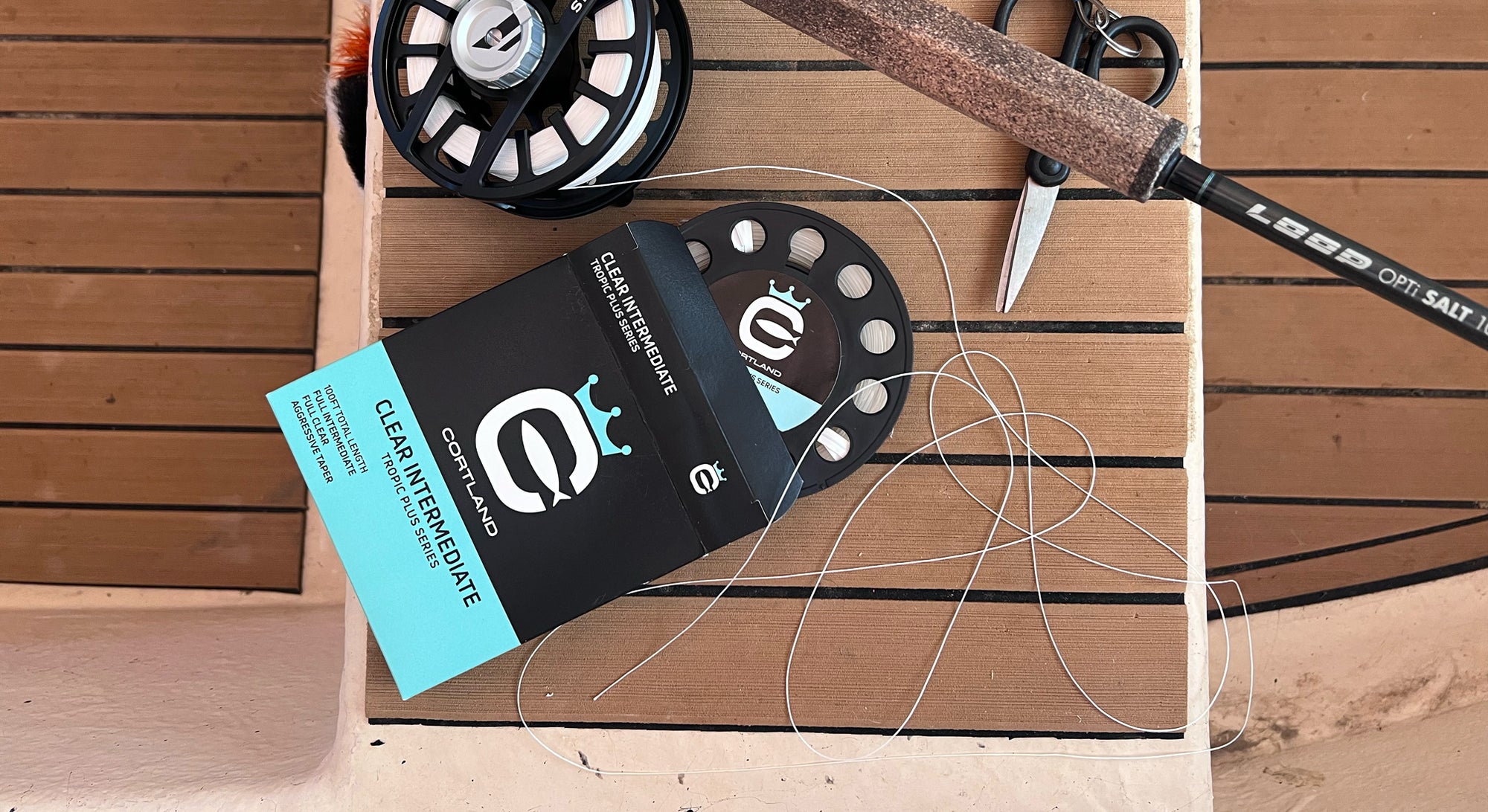Article Written by Chico Fernández. Article Read Time: 5 Minutes
The neutral density fly line or Intermediate line, as it is more commonly referred, is arguably the most misunderstood fly line on the market. Floating lines, with air bubbles in the coating, are for surface action, from fishing a shoreline for snook or redfish, to sight casting in the flats for bonefish, tarpon and other species. Situations where you need line control and accuracy. Sinking lines, with sinking elements built into the coating, are for fishing the fly down to a certain depth, depending on the sink rate of the line.
But how about a fly line that has neither air bubbles or weight in the coating? Well, then you have a line with somewhat of a neutral density, with a specific gravity slightly heavier than water. A fly line with a very slow sinking rate.
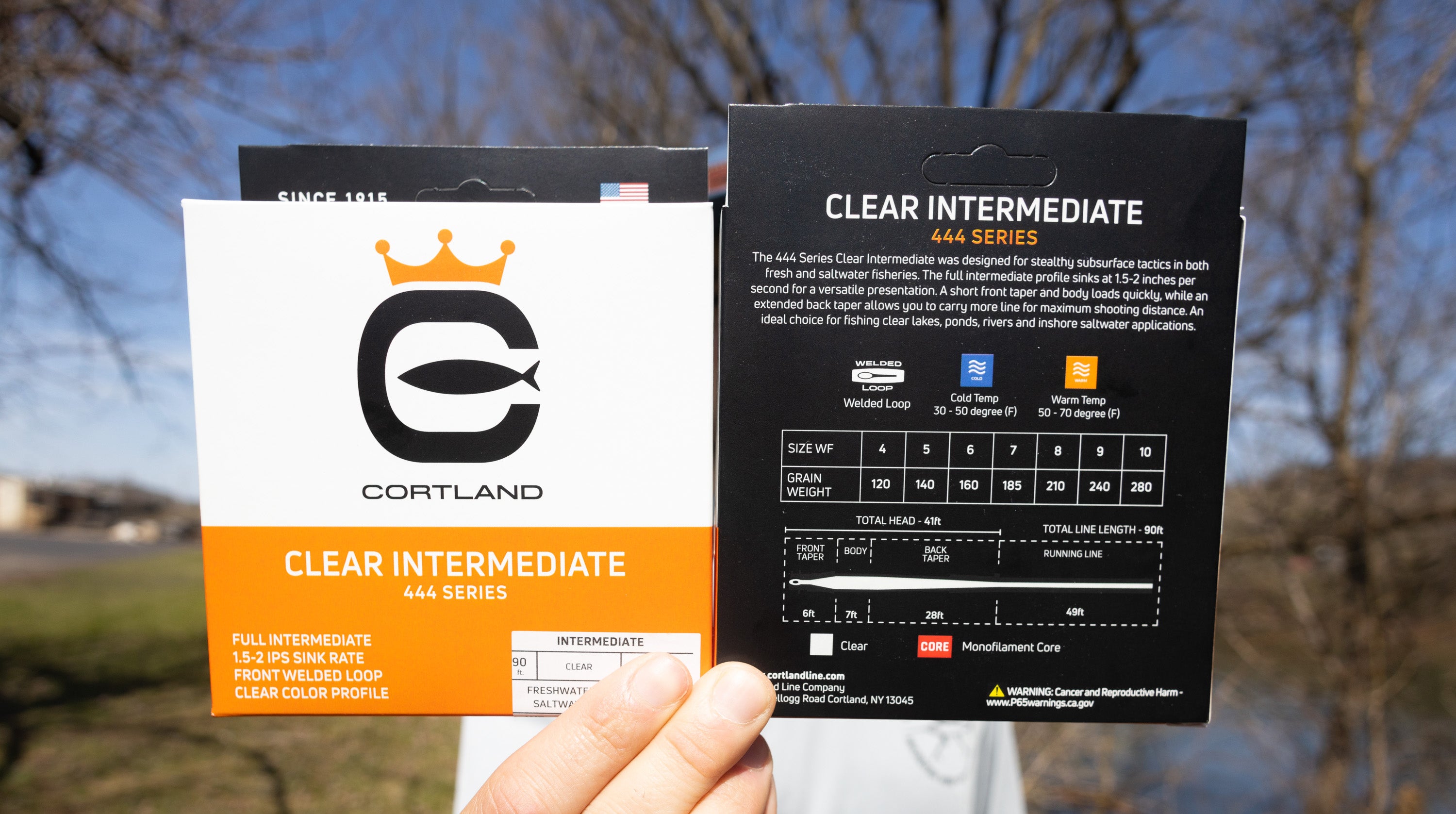
So it doesn’t float and it doesn’t sink fast, what is it good for? Actually, in the right conditions, the Intermediate or Neutral Density fly line, is deadly. Lets talk about it.
Casting
With no air bubbles in the coating, the neutral density lines are much thinner in diameter than a floating line, and still the same weight, so they cut through the wind much easier. This makes for better and easier casting. And even more noticeable on windy days. You’ll get more distance and cut through the wind with ease.
Under water
Once you have completed the cast, and maybe waited a couple of seconds to start your retrieve, remember that you have a totally clear, transparent line. This line is less visible than any other sinking line, period. A great advantage on most any condition, but especially in clear water. Producing more strikes
But there is more.
Think what would happen on a windy day, with waves all around you, if you start to retrieve a floating line. The line will conform constantly to the waves under it, creating plenty of slack on the line. So most of the action that you are trying to impart on the fly is lost, and the chances are you will get a follow and not a strike.

By the way, most every fly fisher that fishes the beaches, from striped bass up north to snook and tarpon down south, uses a clear intermediate fly line. For me, having fished the beaches from Nantucket to Miami, 99% of the time, I’m using a ND clear fly line. In the rare occasion that I’m using poppers, then I use a floater.
Neutral Density Advantages
When you do get that strike, a line that is tracking straight during the retrieve is going to get more hook ups. First because the straight line will help you "feel" more strikes. And second, when you do entice a strike, with little or no slack at all, you will be pulling on that fish way quicker than if you had a floating line and had to make up for all that slack before actually setting the hook. It’s a win – win situation.
Another situation in which the ND lines are effective, is while fishing in an area with plenty of loose floating grass. (certain stages of the tides, in backwater, like the Everglades, produce these conditions). Where you may be blind casting or sight casting to tarpon, snook, redfish, permit, etc.
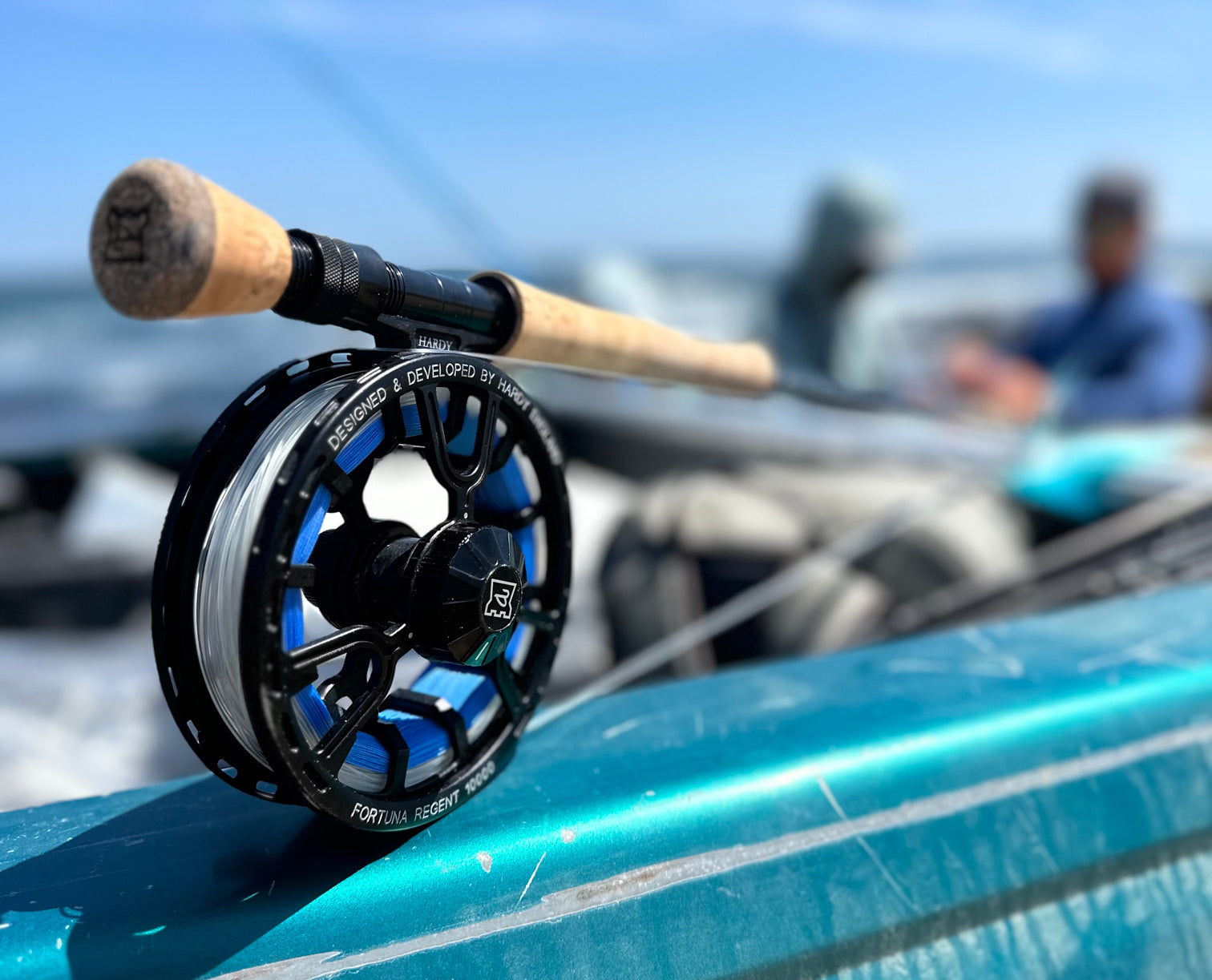
In these conditions with floating grass, the floating fly line will simply drag the fly over the grass, and within a few feet of the retrieve, you'll have to bring the fly in to clean the grass off the fly and often on the leader knots. It drives me crazy. But a slow sinking line will sink below the grass in a few seconds, and you will find that you can make most of your retrieve free of grass. In heavy grass you simply can not fish without a ND fly line. And a weedless fly will not help you much. You need the fly line to travel under the grass.
While chumming in the reef or offshore, for snapper, mackerel, kingfish, tunas and other species, a ND line often matches the chum's drift more accurately. I find that some days it really makes a difference - matching the drift.
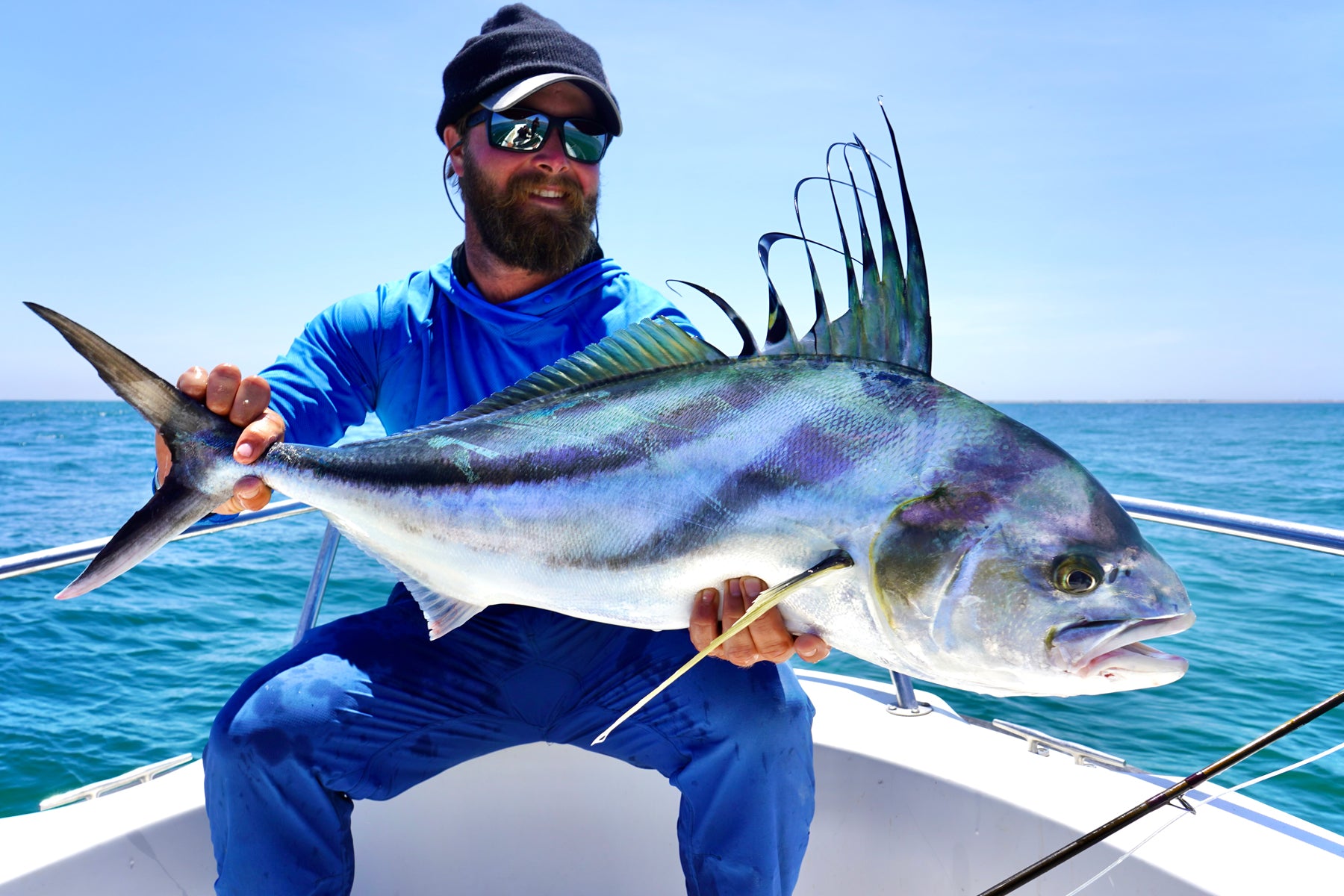
Noah Thompson of Los Locos using the Tropic Plus Clear Intermediate for Baja Roosters
As more and more anglers head for the flats in search of big tarpon, there is more pressure on the fish. So while we are still sight casting for them, often the tarpon gets in casting range these days while swimming several feet deeper than they used to. So here again having another fly rod rigged with a ND line, will more quickly get the fly to the tarpon's level in the water.
When blind casting for seatrout in the many deep grass flats or basins, in two to six feet of water, a floating line often leaves the fly too high for frequent strikes, while a fast sinking line will get hooked on the bottom. But a ND line, allowed to sink a few seconds, will drive the fly down a few feet, and keep it down throughout the retrieve, often generating more strikes.
Fishing for bass, especially in the middle of the day when the action is usually slower, I like to switch from a floating line and poppers, to a Neutral Density fly line and a long black fly, like a Sea-Ducer or an all marabou fly like my Marabou Madness. It's a good way to take a nice size bass in the middle of the day.

But the magic of the Neutral Density Intermediate has his place.
This is not the line for shallow water flats, tailing fish or surface flies. You can not pick up 40 feet of fly line off the water to make a back cast as you can with a floating line. And it’s not the line for a surface fly, like a popper. Like any other good tool, it has its place.
The specific line I’m using these days is the Tropic Plus Series Clear Intermediate. It is a full clear intermediate, so all of it sinks, with a monofilament core to make it completely clear. For me the 41 foot head is an excellent compromise between sight casting and long distance blind casting. And the short 3 foot front taper does a great job of turning over big bulky saltwater flies.
The clear intermediate, or neutral density line is one of the most productive lines in my arsenal. These days I use it frequently.
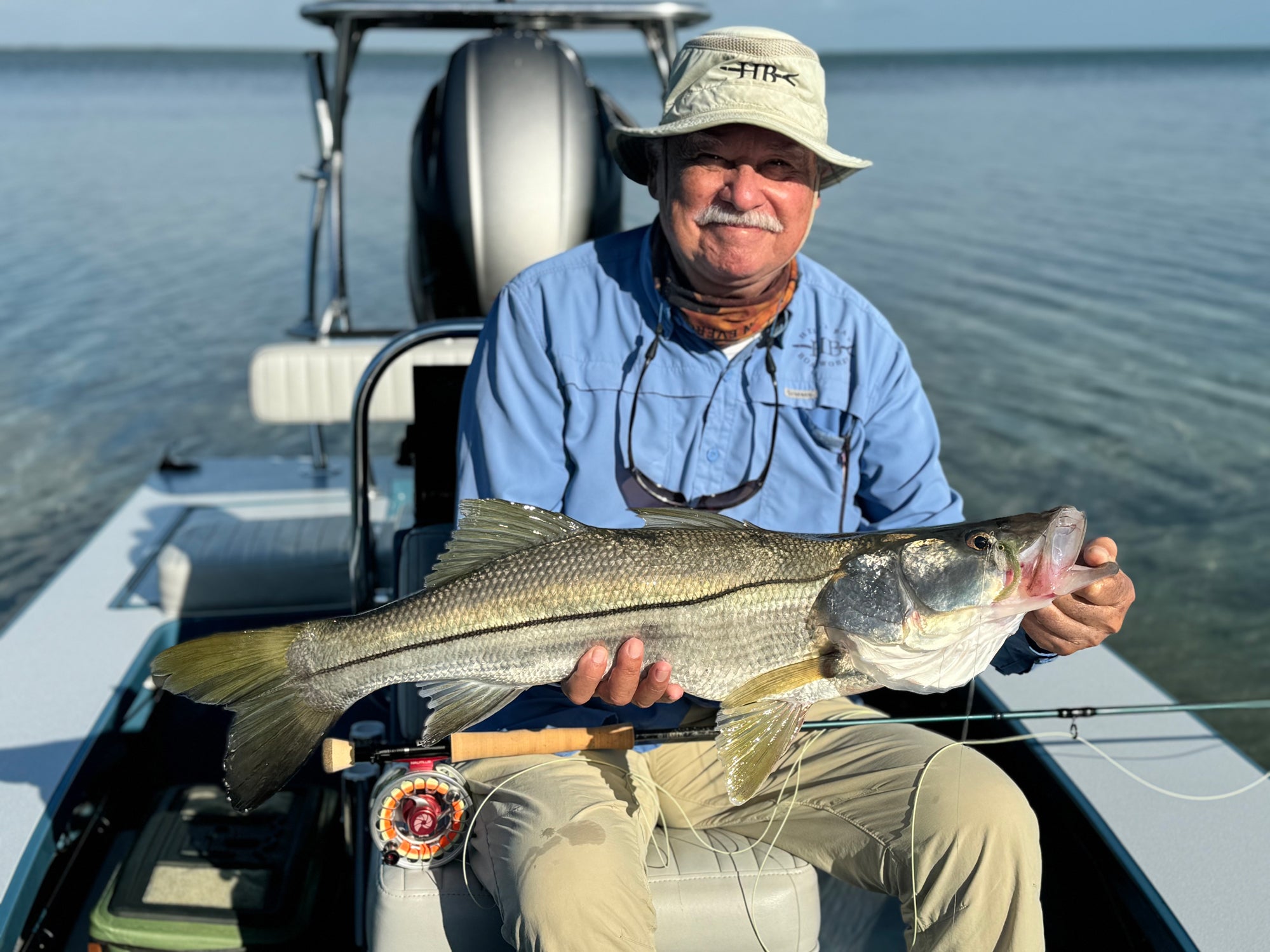
About the Author
Chico Fernández is a world renowned fly angler, author, instructor and a pioneer in Saltwater Fly Fishing. Originally from Cuba, Chico moved to South Florida at a young age and befriended legends like Flip Pallot, John Emery and Norman Duncan. These four would go on to change Saltwater Fly Fishing forever developing flies, techniques and revising fly gear to what we know today. Chico has many famous pieces of literature as well as flies that are considered to be staples in their respective category.
